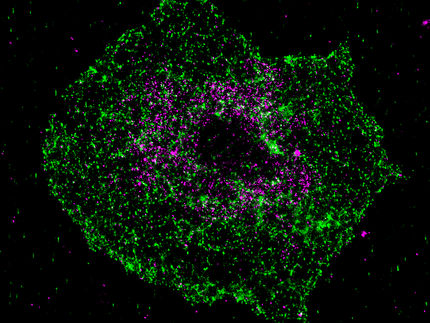Novartis: Exploratory trial shows no incremental benefit of aliskiren add-on therapy in improving changes to cardiac shape
Advertisement
The addition of the cardiovascular medicine aliskiren to standard therapy for patients recovering from a heart attack showed some positive effects in helping limit changes in the heart's shape and function, but did not demonstrate a statistically significant benefit, according to new clinical trial results.
Data from the ASPIRE study (Aliskiren Study in Post-MI patients to Reduce rEmodelling) were presented at the American College of Cardiology (ACC) Congress in Atlanta. Results from the study showed that the addition of aliskiren did not provide the anticipated effect of limiting adverse changes to the heart's left ventricle, which is the organ's main pumping chamber that can often reduce its ability to pump blood efficiently.
The 36-week study involving 820 patients, all of whom had evidence of impaired left ventricular function, assessed changes in left ventricular end systolic volume (LVESV) through echocardiograms from baseline to the study end. A small numerical reduction in cardiac volume (LVESV, -0.99 mL) was seen in patients receiving aliskiren and standard therapy compared to those given standard therapy only; however, this was not statistically significant.
The combined rates of cardiovascular death, hospitalization for heart failure, recurrent heart attack, stroke and resuscitated sudden death were similar in the aliskiren group and the group given standard therapy. In patients receiving aliskiren in addition to standard therapy there was a higher rate of hyperkalemia, hypotension and kidney dysfunction when compared to the group receiving standard therapy alone.
Based on the results of this trial, Novartis does not plan to pursue an outcome trial for post-MI patients. ASPIRE is one of 14 trials in the 35,000 patient ASPIRE HIGHER clinical trial program that is designed to evaluate potential benefit of aliskiren beyond blood pressure reduction.






















































